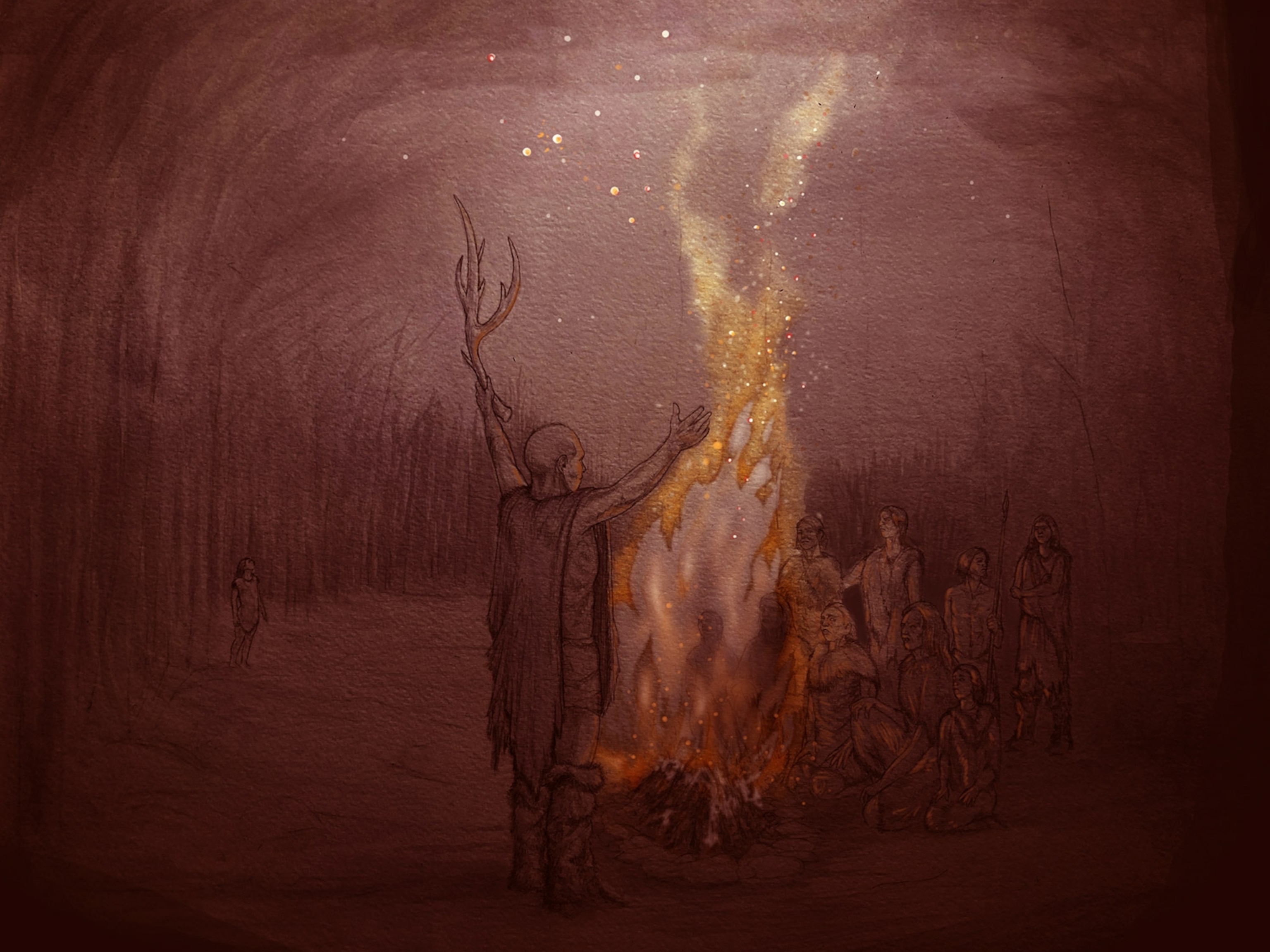
"Lucy" Was No Swinger, Walked Like Us, Fossil Suggests
Human ancestor couldn't climb much better than modern humans, study says.
An unprecedented fossil foot bone appears to confirm that Australopithecus afarensis—the early human ancestors made famous by the "Lucy" skeleton—walked like modern humans, a new study says.
Until now it had been unclear just how upright—in a sense, just how human—Lucy really was. (Related: "What Was Lucy?")
With the newfound A. afarensis fossil, "just about everything that you would expect of a modern bipedal foot is present here," said anthropologist C. Owen Lovejoy, who was not involved in the research.
"I don't know what more the world could want in order to demonstrate that upright walking similar to that of modern man was present" in A. afarensis.
Unearthed at a known A. afarensis fossil trove in Hadar, Ethiopia, the 3.2-million-year-old fossil is a metatarsal, one of five long bones that connect the large bones in the back of the foot to those of the toes.
The fossil's size and shape allowed scientists to determine that the foot it had belonged to was stiff and had a well-defined arch—two features that help modern humans spring forward and that cushion the shocks of bipedal walking.
Scientists had already known, from pelvis fossils and other remains, that A. afarensis could walk on two legs and no longer had the apelike "foot thumbs" used by other human ancestral species for grasping and climbing.
Before the discovery of the new A. afarensis metatarsal, though, it had been hard to say for sure whether Lucy and her kin had left the trees for good.
(See a picture of a re-creation of Lucy.)
Lucy "Fully Committed" to Walking
While ape feet flex in the middle to enable better climbing, arched feet like humans'—and, it appears, like Lucy's—are stiff, allowing bipedal steps to propel us forward more efficiently, said lead study author Carol Ward, an anthropologist at the University of Missouri.
Such feet also feature natural shock absorbers to cushion the stress of walking upright. Even today people with inefficient arches, or "flat feet," suffer a host of joint problems throughout their skeletons.
A. afarensis's feet now appear to have been well adapted to deal with such side effects of bipedalism, to the detriment of their tree-climbing abilities, according to the study, which will be published tomorrow in the journal Science.
"They probably couldn't climb in the trees a whole lot better than you and I could, although they were certainly stronger," Ward said.
"It seems A. afarensis was fully committed to life on the ground long before Homo"—truly human species—"appeared about two million years ago."
(Related: "'Lucy's Baby'—World's Oldest Child—Found by Fossil Hunters.")
Modern Foot for Australopithecus Afarensis
"We really have an enormous amount of material from A. afarensis now," said Lovejoy, of Kent State University in Ohio.
"All of these features of the foot are not surprising to me. Some were even present in the Ardipithecus ramidus"—aka Ardi—"foot 4.4 million years ago," Lovejoy said.
Revealed in 2009, Ardi helped dispel the notion that a chimplike missing link occupied the base of the human family tree.
Ardi's "foot was already a pretty good bipedal foot, although that species retained an opposable great toe."
A. afarensis's foot now appears far more advanced than previously thought, Lovejoy said. It displays nuanced physiological adaptations you'd expect toward the endpoint of modern bipedal foot development, he added.
Study author Ward agreed. "The foot was modern. It's really not a compromise between walking and climbing," she said.
(Also see "'Lucy' Kin Pushes Back Evolution of Upright Walking.")
A Link Between Feet and Friends?
The fossil could say a lot more about A. afarensis than how the species got around.
"That it was much more important to give up a grasping toe—which is a very useful thing to have—in favor of a modern foot tells us how important being effective on the ground was in terms of survival and reproduction," Ward said.
Efficient bipedal walking would have allowed A. afarensis to leave forests entirely, when necessary—perhaps to search for food or to colonize other areas, she said.
Kent State's Lovejoy said, "We think Ardipithecus ramidus was restricted to woodland.
"But in the transition from Ardipithecus ramidus to A. afarensis, between 4.4 and 3.8 million years ago, you're getting an animal that's beginning to spread into new environments like lake margins, savanna, and [grasslands]," Lovejoy added.
"The only way these animals could do that was with a sophisticated social culture. A relatively slow biped on the savanna is a dead biped—unless he has a lot of friends about him."
More: Lucy the Butcher? Tool Use Pushed Back 800,000 Years >>




